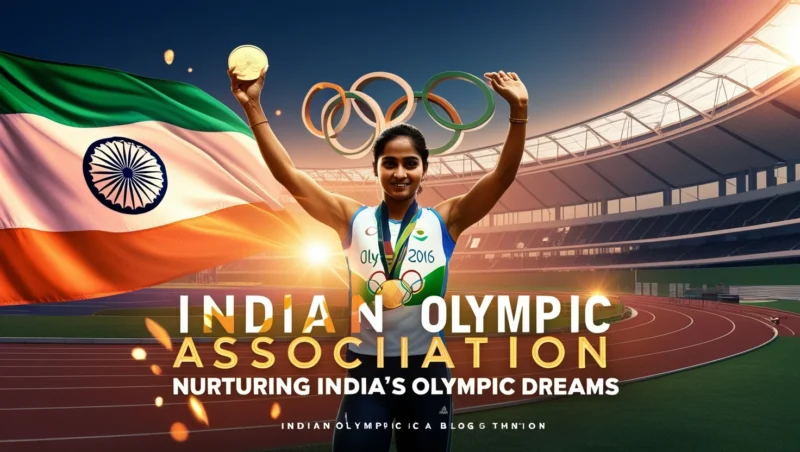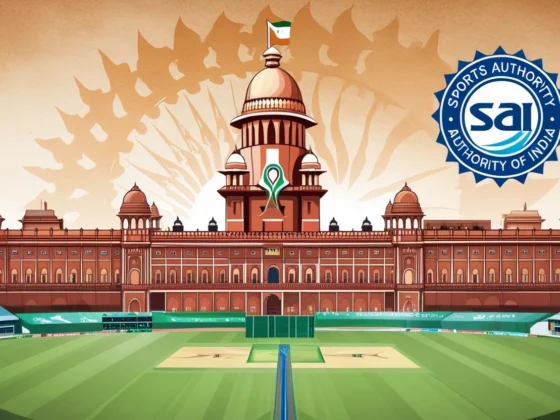The Indian Olympic Association (IOA) plays a central role in nurturing India’s participation in international sporting events such as the Olympics, Commonwealth Games, and Asian Games. As the official National Olympic Committee (NOC) for India, it not only oversees the selection and preparation of athletes but also promotes the core principles of the Olympic movement at a national level. This blog explores the history, role, and responsibilities of the IOA and highlights its contribution to the growth of Indian Sports and its regulation.
A Historical Overview Of IOA
India’s Olympic journey predates its independence, with its participation in early editions of the Olympic Games helping shape a sporting identity even before the nation achieved sovereign status. Over time, the IOA was formalized as the body responsible for carrying forward the Olympic mission in India.
Role and Significance of National Olympic Committees
The IOA functions as India’s National Olympic Committee under the umbrella of the International Olympic Committee (IOC). According to Olympic norms, only a recognized NOC can:
- Send athletes and teams to participate in the Olympic Games.
- Train sports administrators through specialized educational programs.
- Nominate cities to host Olympic events after undergoing a national selection process.
This gives the IOA exclusive rights and responsibilities related to India’s participation and representation in global Olympic events.
Core Responsibilities and Mandate of the IOA
The IOA has a multifaceted mandate, extending from policy advocacy to athlete welfare. Its prescribed responsibilities include:
- Promoting Olympic values and education in India, particularly among youth.
- Upholding the Olympic Charter and principles across all affiliated sports bodies.
- Developing both elite and grassroots sports programs to foster broad-based participation.
- Conducting training programs for sports administrators that align with international standards.
- Combating discrimination and violence in sport through proactive policies.
- Adopting and enforcing the World Anti-Doping Code.
- Ensuring the medical care and welfare of athletes
Governance and Voting System Of IOA
The IOA operates with a differentiated voting rights system among its members to ensure balanced representation. The structure includes:
- National Sports Federations involved in Olympic, Asian, or Commonwealth events, each with three votes.
- State Olympic Associations, each with two votes.
- The Services Sports Control Board, also allotted two votes.
- Members of the IOC and Athletes Commission, each granted one vote.
This inclusive voting framework promotes democratic governance within the association while ensuring key stakeholders have a say in important decisions.
IOA’s Collaboration with National & State Sports Bodies
At the national level, the IOA works alongside sports federations and state Olympic associations to promote athlete development and event participation. This collaborative approach helps in aligning objectives from grassroots to elite sports structures, reinforcing India’s commitment to the Olympic spirit.
Conclusion
The Indian Olympic Association is more than just a regulatory body; it is a symbol of India’s sporting aspirations on the global stage. Through its efforts in athlete preparation, advocacy of Olympic values, and governance reform, the IOA continues to empower Indian sports. As India moves toward becoming a global sports powerhouse, the IOA’s role will be increasingly pivotal in bridging local talent with global platforms and in fostering an inclusive and competitive sporting ecosystem.
This Blog is written by Saumya Soni, advocate, Supreme Court of India.
For queries or collaborations, write to us at sportslegalorg@gmail.com

